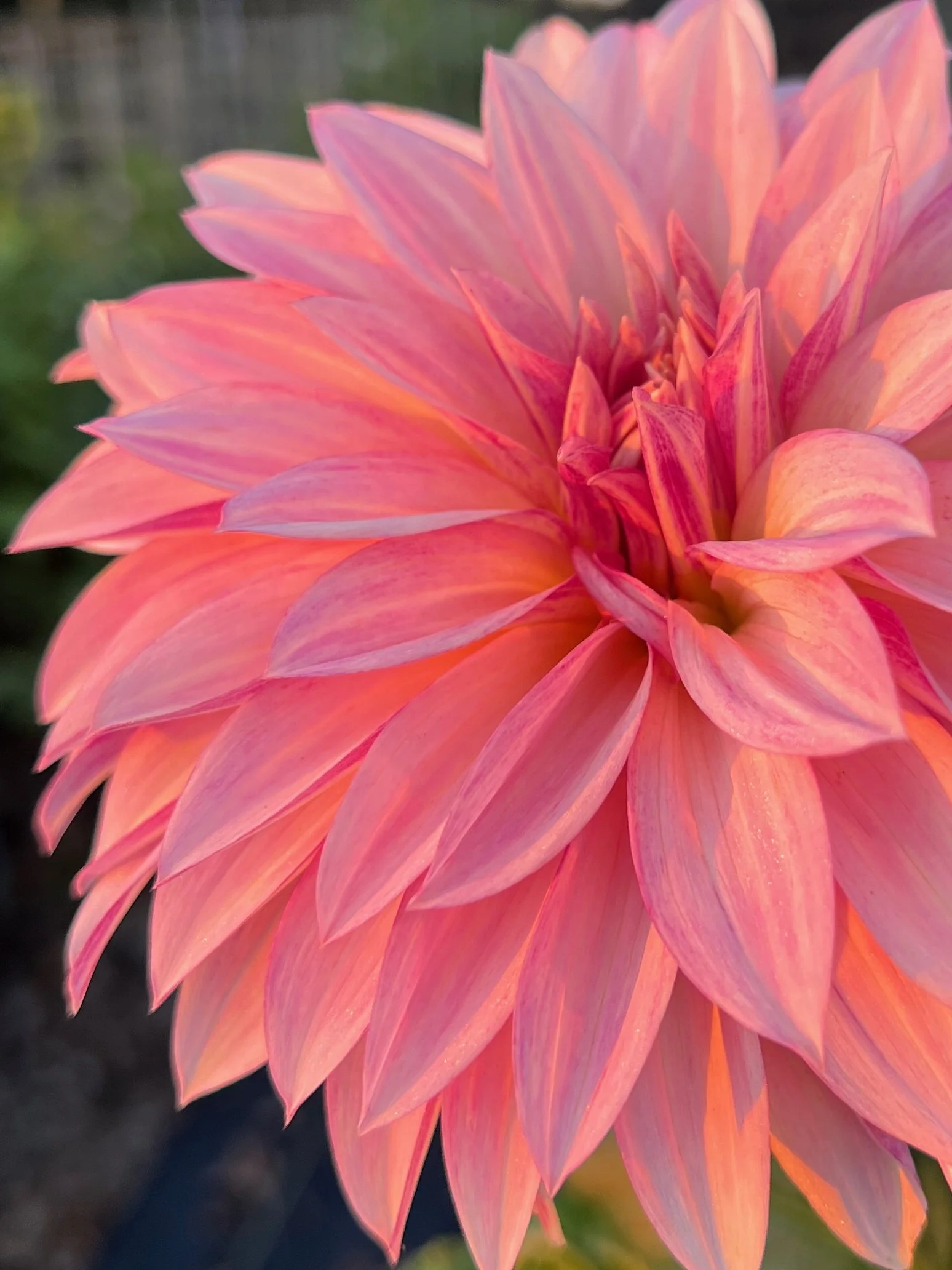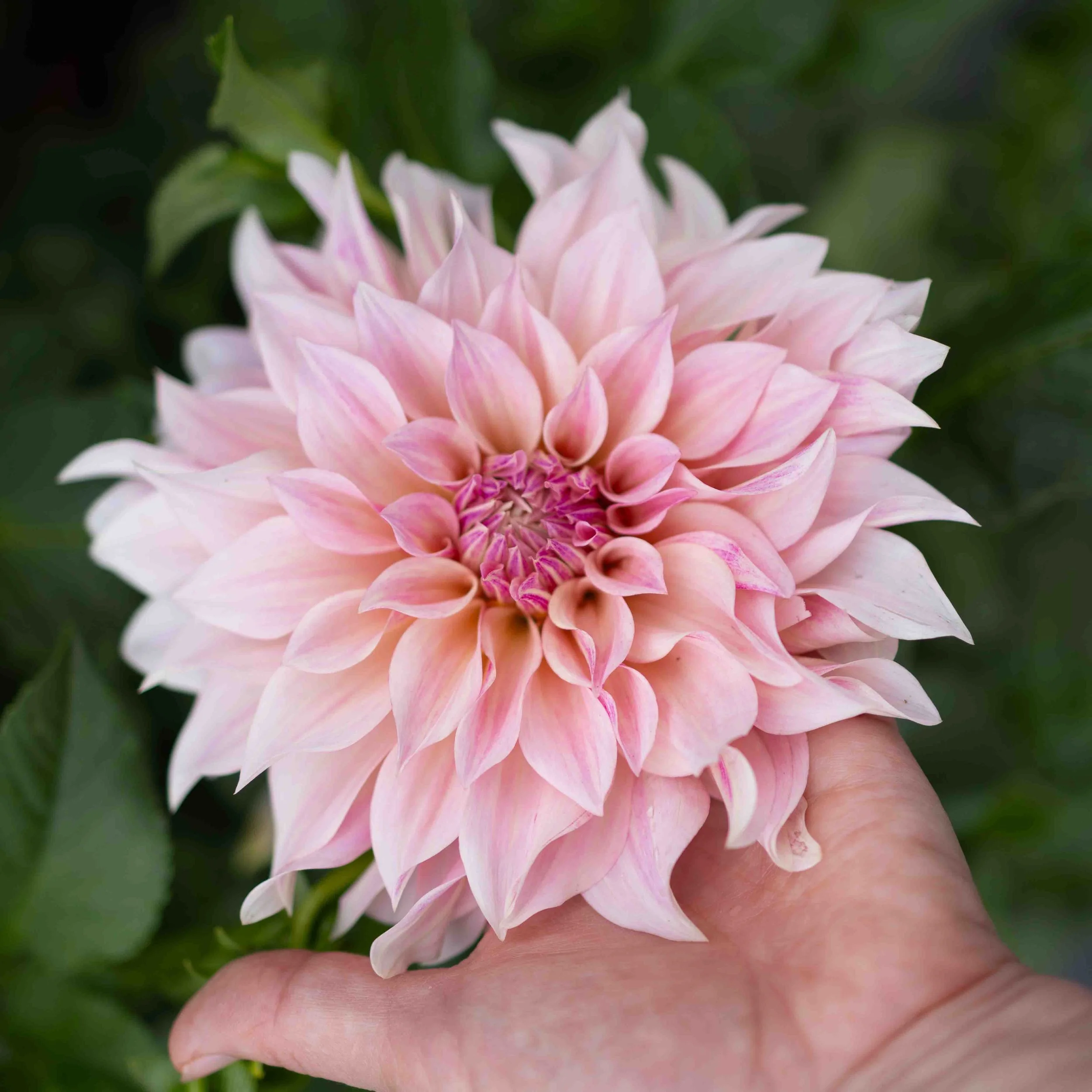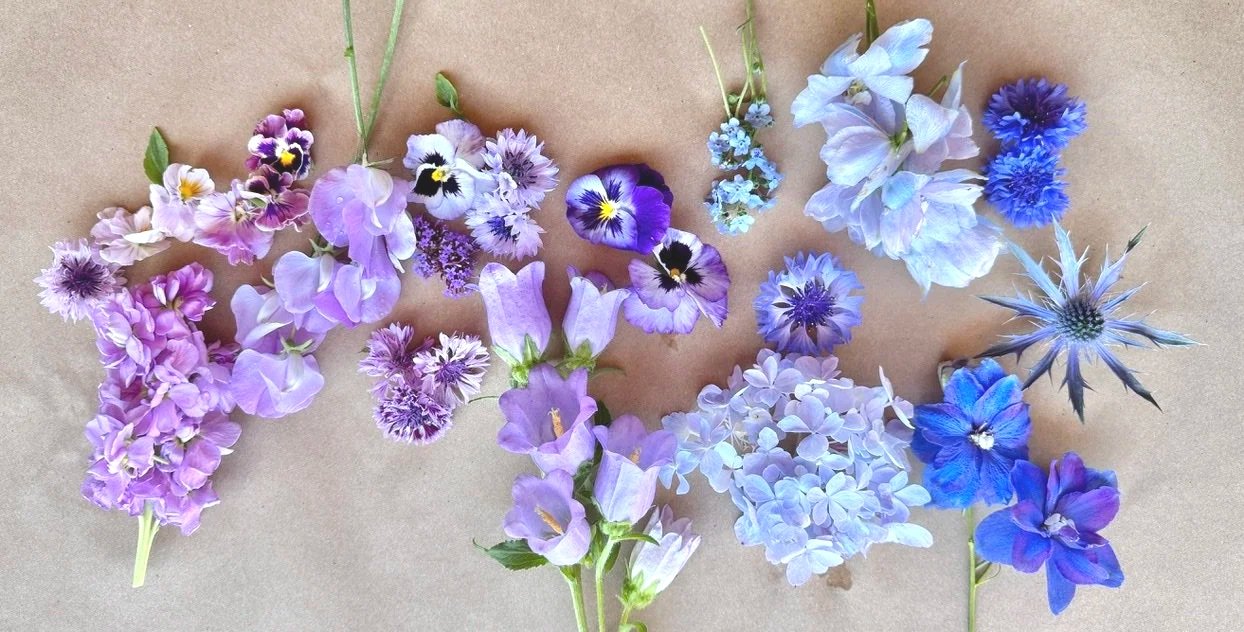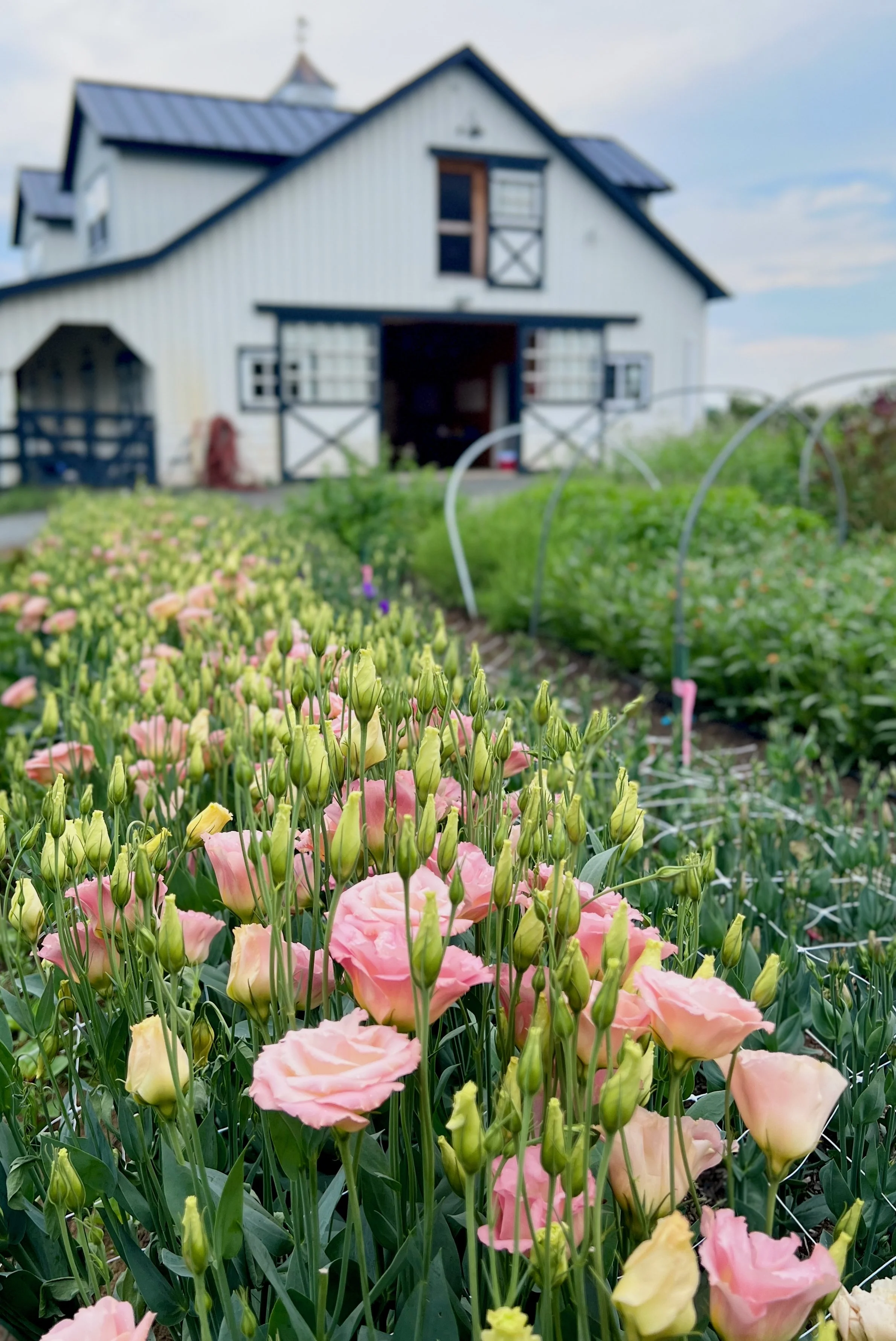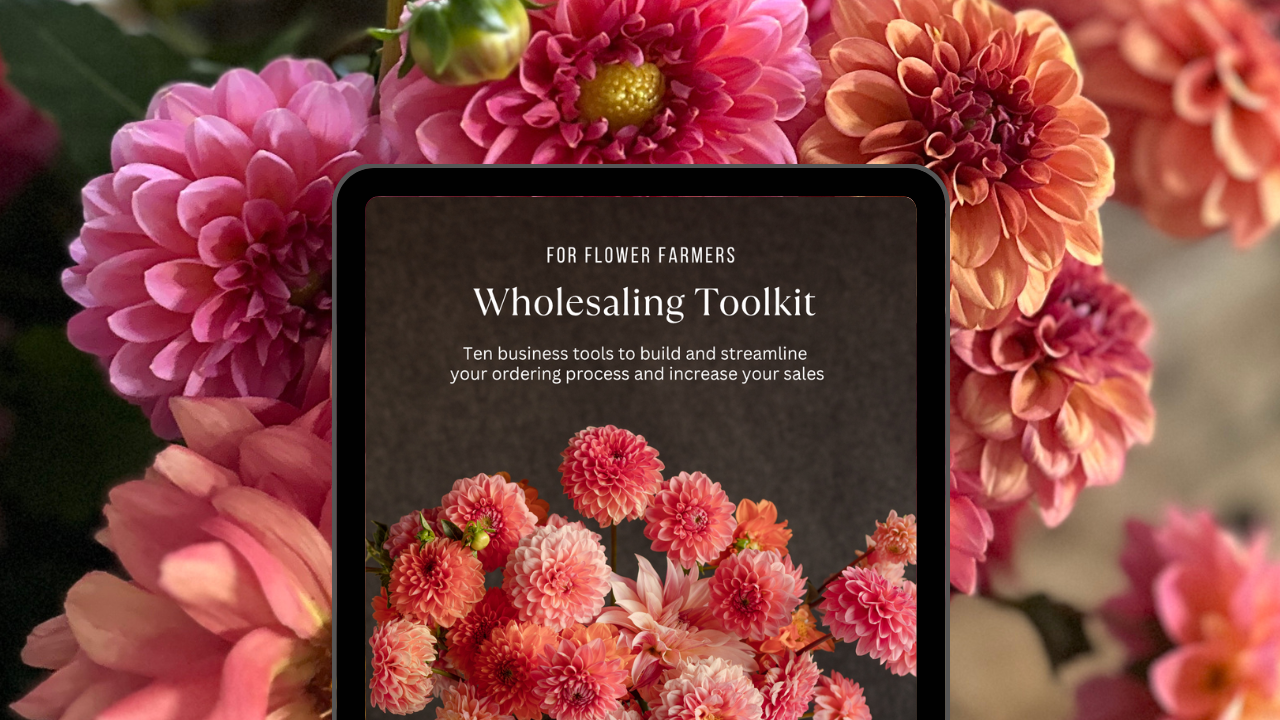Wholesaling Flowers: Think Like A Florist To Sell To A Florist
If you want to sell wholesale to florists, you need to do more than just grow great flowers. You have to think like a florist.
Consumers buy flowers because they’re beautiful—and because of how they make them feel. Florists, on the other hand, are buying them to meet a need. They’re buying blooms that must not only be beautiful, but also reliable—flowers that will help them deliver on a promise to their clients.
And their expectations are different from other customers you might serve. Selling mixed bouquets at the farmers market? Customers want long-lasting flowers that look pretty together. Hosting a you-pick event? People are paying for the experience, not just the stems. But selling to florists? They’re looking for consistent color, reliable timing, clean stems, and clear communication. In short: they want to work with someone who makes their job easier.
Let’s break down how you can align your flower farm with the needs of your florist clients.
Color Isn’t Just a Preference—It’s a Spec (Especially for Weddings)
In wholesale, “pink” isn’t enough. But how specific your color communication needs to be depends on the type of florist you’re working with.
Save the golden hour shots (like the first two photos, above) for social media. When you're communicating with florists, they need color information that’s accurate and reliable. The third photo shows the exact same variety (Café au Lait dahlia)—captured in neutral lighting. That’s the kind of color information that helps florists order with confidence.
Wedding and event florists tend to be the most exacting. Their clients often have a very clear vision—and a lot riding on getting it right. That means florists sourcing for weddings need to know exactly what shade you’re offering. Color terms can be surprisingly subjective: one florist’s “blush” might mean the faintest whisper of pink, while another expects a warm-toned, peachy-pink. And “burgundy” might need to match a ribbon, a suit, or a bridesmaid dress—whether it leans deep wine red, brick, or even moody plum. If your flowers show up even slightly off, it can throw off the entire look.
Retail florists, on the other hand, often prioritize longevity and quality over exact hue matches. They still care about color, but they’re usually more flexible—as long as the blooms are fresh, beautiful, and dependable.
That’s why understanding what a florist really means when they say dusty rose—not bubblegum or terracotta—not peach is critical. These aren’t just color preferences—they’re design requirements tied to a client’s vision. Getting it right builds trust and leads to repeat orders.
Your job isn’t just to grow gorgeous flowers—it’s to communicate clearly about what you’re offering. That means:
Knowing your colors – not just the name on the seed packet, but what your blooms actually look like at harvest
Using clear, specific language – “warm peachy-pink” or “deep magenta” communicates more than just “pink”
Including accurate, unfiltered photos – so florists can see what they’re really getting
It takes time to develop this skill, but improving how you see and describe color will set you apart—and help your wholesale relationships thrive.
In the horticultural world, “blue” often means purple—just at the cooler end of the spectrum. But to a florist creating designs for a customer who wants blue flowers, they may really want the flowers to be blue. Ensuring you’re speaking the same color language with your florist customers is critical.
Florists Don’t All Operate on the Same Schedule
Understanding how florists plan—and when—will make your selling efforts far more effective.
Some florists (especially retail or daily designers) want to see what’s available this week and pick what best fits their needs that week. They may be placing orders just days in advance.
Others, especially wedding and event florists, plan months—or even a full year—ahead. They want to lock in hard-to-find blooms well in advance. If you can’t tell them now what you’ll have next season, they may go elsewhere. Even if they love doing business with you, they have to ensure they can meet their clients’ expectations, and may not be able to take the risk that you won’t have what they need when they need it.
That’s why crop prediction is such a superpower.
When you can accurately anticipate what you’ll have in bloom and when—whether it’s through years of experience, detailed field notes, or help from other local flower farmers—you become more valuable to florists who need reliability and lead time. The more confident you are in your bloom forecasts, the more confident they’ll feel ordering from you.
Even if you buy your lisianthus as plugs instead of starting from seed, they’re still notoriously slow to mature. Accurately predicting when they’ll bloom comes with experience—and good recordkeeping. Snapping photos throughout the season (and from year to year) can give you a visual timeline to refer back to, helping you plan future crops and give florists a clearer window into what’s coming and when.
Your Farm Infrastructure Has to Back It Up
Even the best availability list won’t mean much if you can’t back it up with consistent, quality product.
You need systems that support the demands of wholesale:
A cooler to hold stems and ensure vase life
Post-harvest handling that keeps flowers clean and hydrated
Consistent quality control (think: stem length, bloom stage, foliage cleanliness)
These aren’t “extras”—they’re essential when you’re selling to pros. Florists are relying on your flowers to hold up in transit, design, and display. If they fail, it reflects on their business. And that’s a risk they may not take twice.
If you’re still learning the ropes of post-harvest handling, or building toward cooler storage, consider starting small. You might begin with a limited selection of sturdy stems, then expand as your infrastructure grows.
Unless you live in a very temperate climate and have the labor to harvest and deliver immediately, you’ll need a way to keep your blooms fresh. For small farms, a large fridge might do the trick—but building a proper cooler was a total game-changer for us.
Professionalism Means Having a System
Selling to florists isn’t just about growing beautiful flowers. You also have to communicate what you have, how to order it, and why they should trust you as a supplier. These interactions are critical enough that we wrote a whole blog just about this back-and-forth between you, the grower, and your florist customers.
And while it might sound like a lot, here’s the good news: You don’t need to build any of those systems from scratch.
The Wholesaling Toolkit for Flower Farmers was designed as an “easy button” to help you do all of this with minimal time and maximum clarity. It includes templates, guides, and real-world tools to help you:
Set up your order management system, from beginning to end
Build a simple order form or availability list
Communicate pricing clearly
Write outreach emails that actually get read
Audit your website to ensure it's florist-friendly
If you’re serious about wholesaling, these are the systems that save you time, protect your boundaries, and build professional trust with clients.
Not Sure If Florists Are Your People?
There’s no shame in deciding that wholesaling isn’t the right fit for you.
If you love designing, hate navigating complex orders, or already have your hands full with retail sales, another revenue stream might make more sense. I speak from experience—wholesaling wasn’t the main path I chose for my farm. If you want a glimpse into what wholesaling to florists looked like for me, check out this installment of this blog series: Growing Profitable Revenue Streams, Part 2: Selling Wholesale to Florists.
And if you're wondering whether wholesaling is even the right fit for your farm in the first place, the Revenue Streams Compass (coming soon!) can help. It’s a self-assessment tool built to help you align your personality, infrastructure, and goals with the right sales channels for your flowers—whether that’s selling to florists, or one of the other 18 different revenue streams the Compass will help you evaluate.
The Wholesaling Toolkit for Flower Farmers
The Wholesaling Toolkit helps flower farmers set up clear, professional systems for working with florists—so you can spend less time emailing and more time growing.
🔁 Set up and refine your wholesale ordering system, start to finish
💲 Price your wholesale flowers accurately while sustaining your business
📣 Market and sell your flowers and expand your customer base along the way
🌸 TEN tools and templates are INCLUDED!



